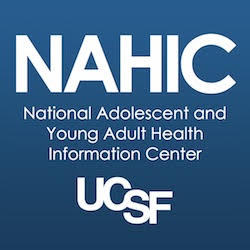This “classic” series provides foundational knowledge, historical background and practical suggestions to guide incorporation of positive measures into adolescent health assessments. NAHIC conducted a comprehensive analysis of positive youth development approaches and measures, leading to the three papers, based on work supported by the W.T. Grant Foundation.
The first paper, Developing a Conceptual Model to Select Indicators for the Assessment of Adolescent Health and Well-Being:
- Provides historical context on health indicators focused on adolescent health;
- Reviews efforts to monitor the health and well-being of adolescents and their families, including limitations of those efforts; and
- Presents a new framework to guide adolescent health assessment that incorporates positive youth development and community contexts.
The second paper, Assessing the ‘Multiple Processes’ of Adolescent Health: Youth Development Approaches:
- Describes and compares the most well-studied and articulated conceptual frameworks for positive adolescent development and behavior that have informed new assessment tools and indicators;
- Reviews and synthesizes the evidence for and scientific validity of positive adolescent health indicators;
- Offers recommendations for the most promising approaches to implement comprehensive assessments.
The third paper, Bridging the Gap: Next Steps in Developing and Using Indicators to Improve Adolescent Health, proposes a framework for future efforts in the field and the development of a more comprehensive set of indicators.
Finally, these three papers are summarized in one brief: Beyond Indicators: From Risk Assessment to Practical Strategies for Promoting Adolescent Health and well-being.
 University of California San Francisco
University of California San Francisco


